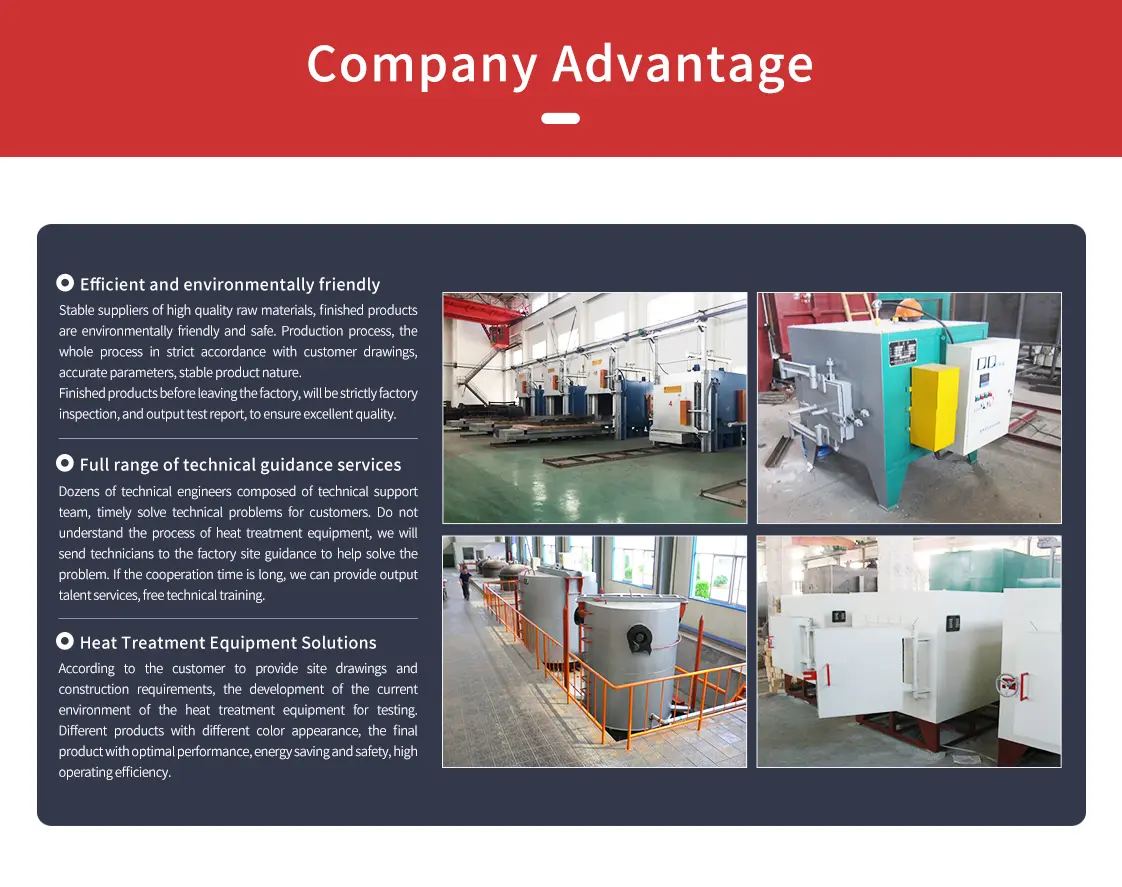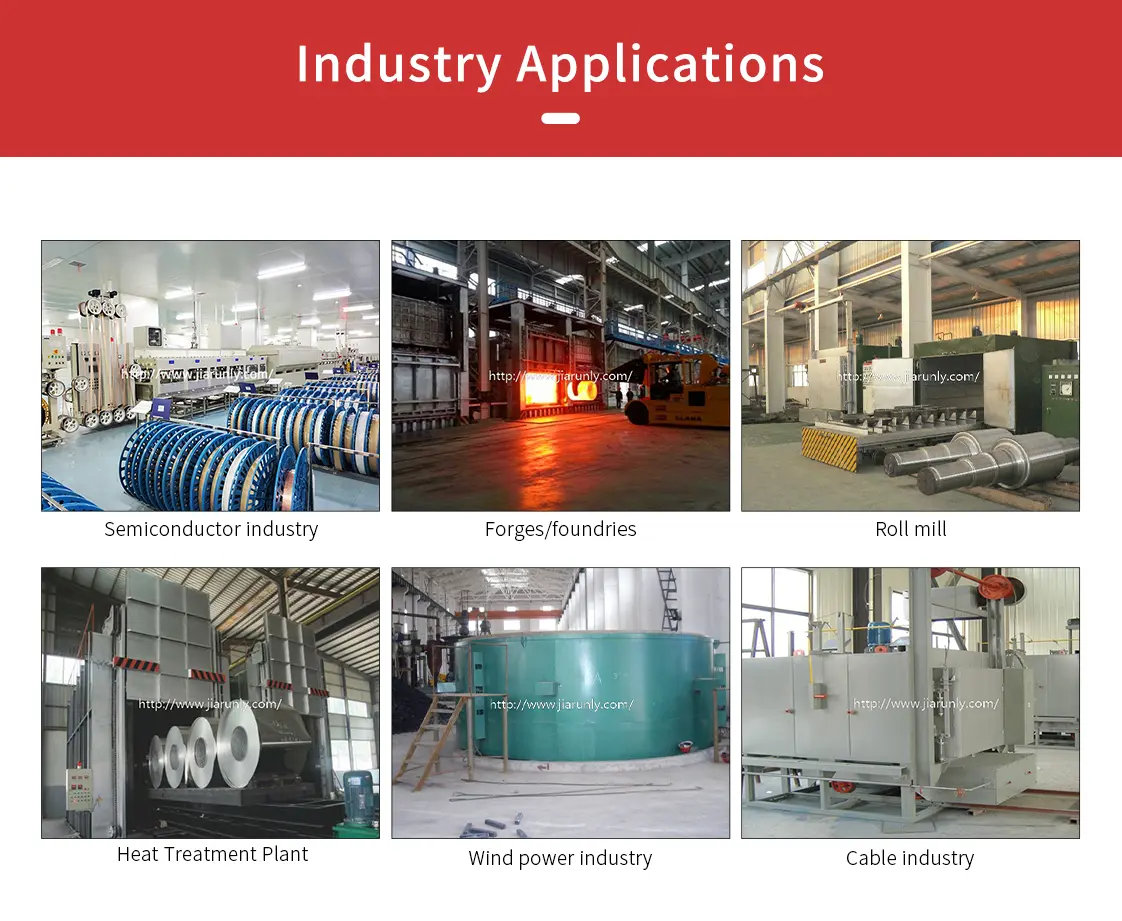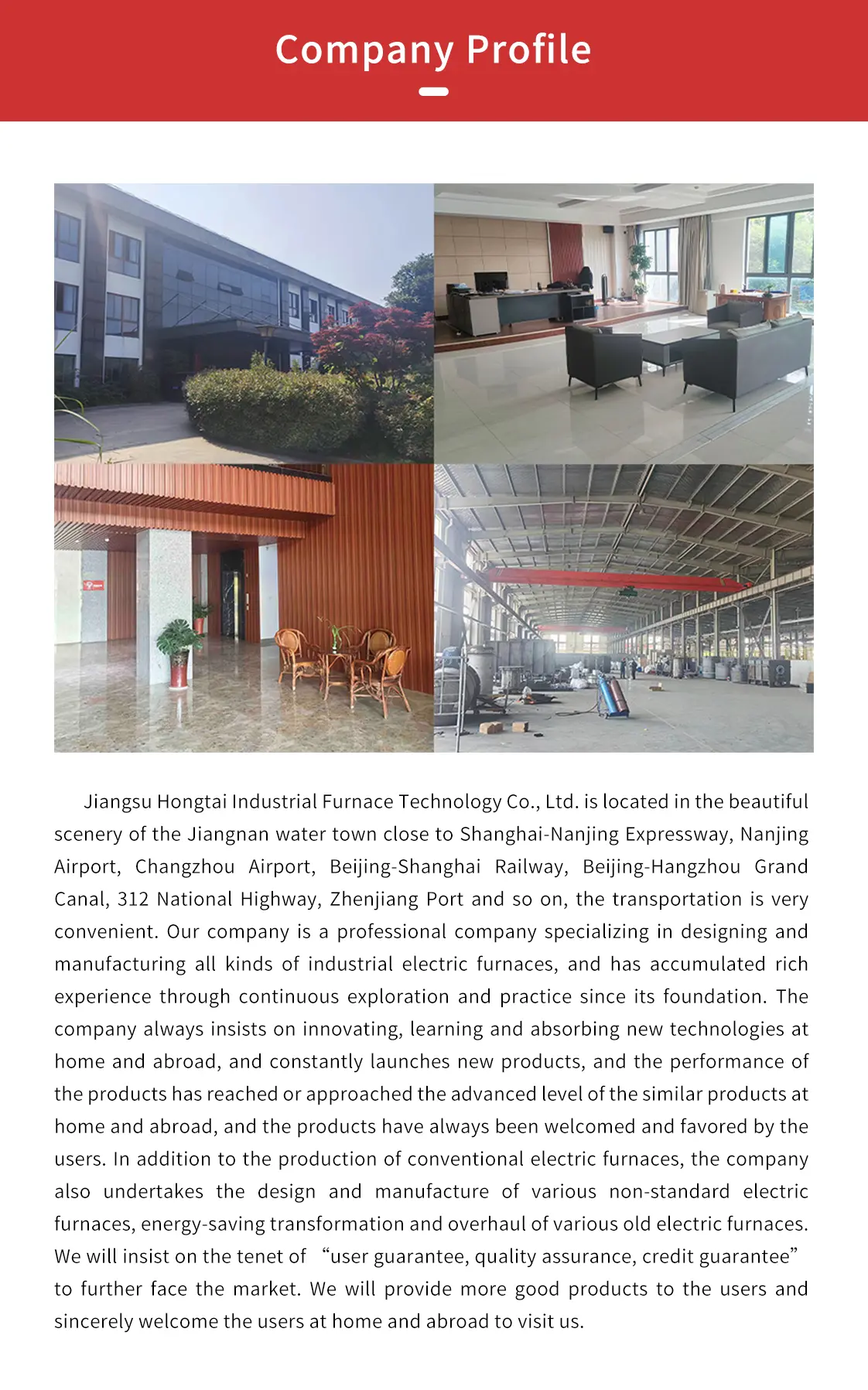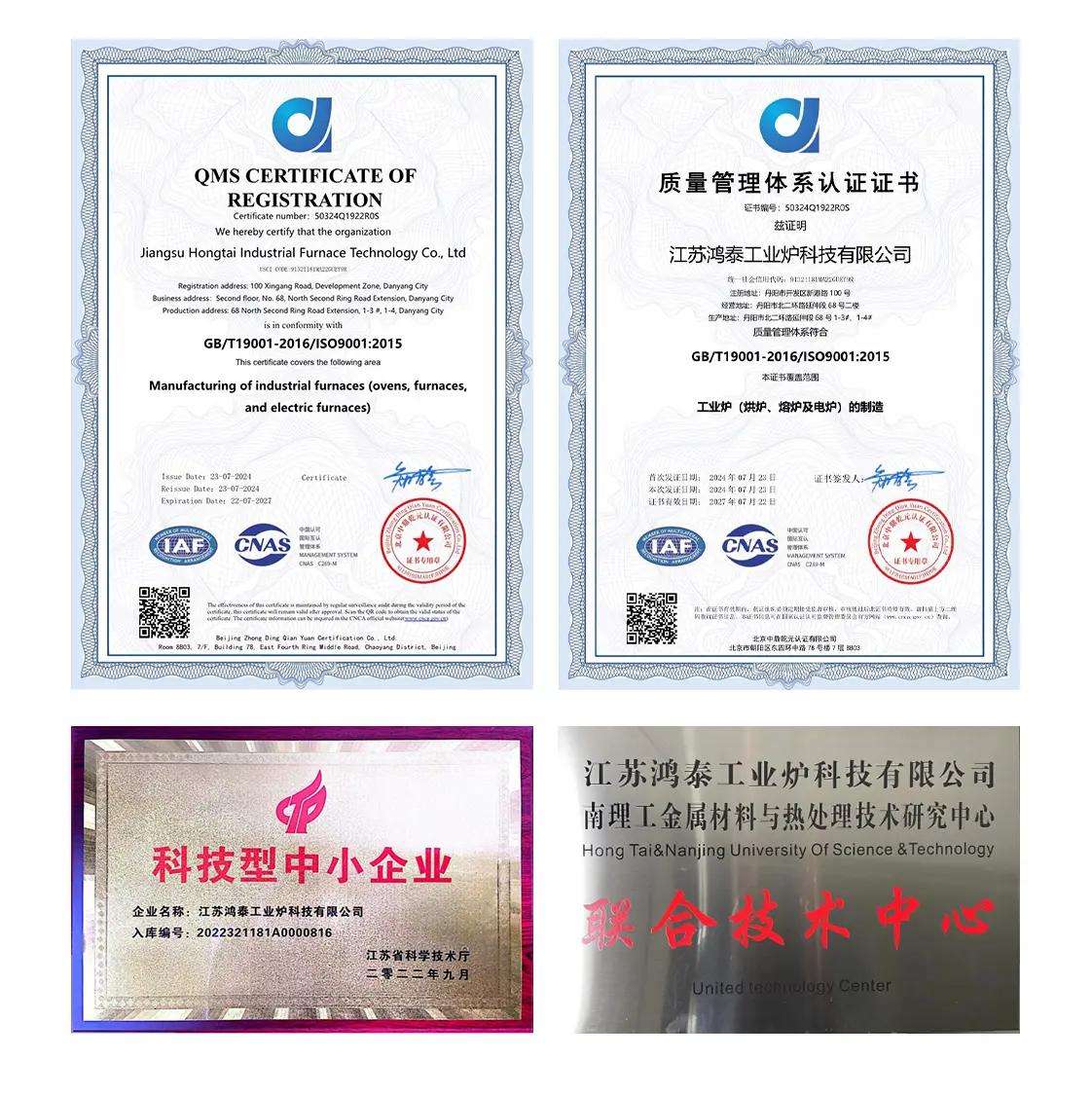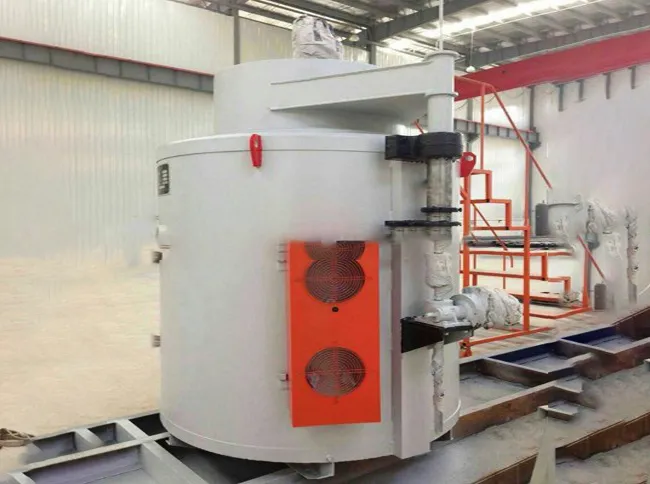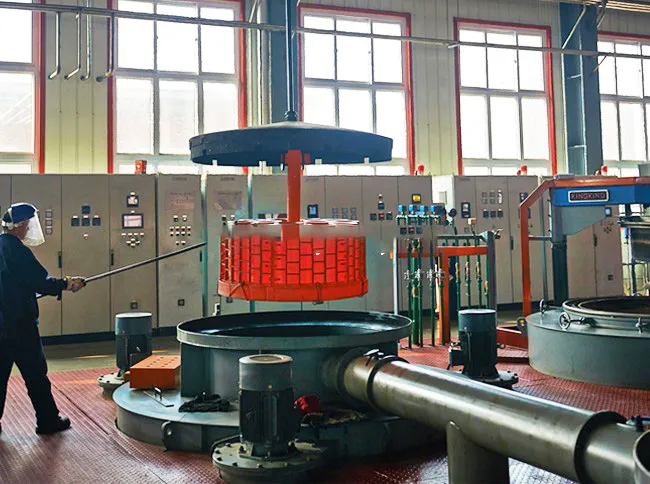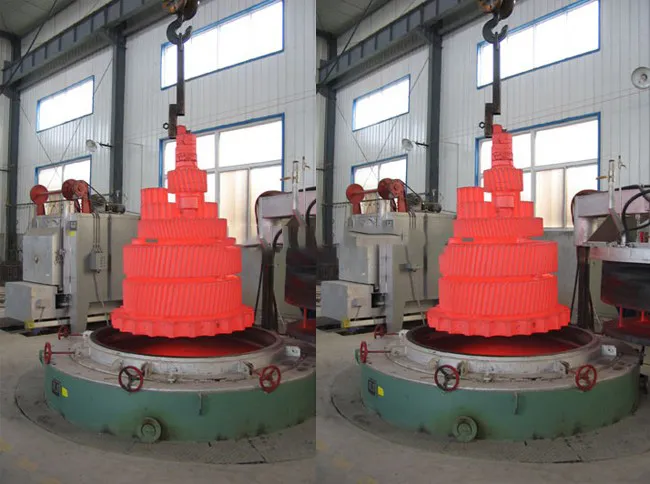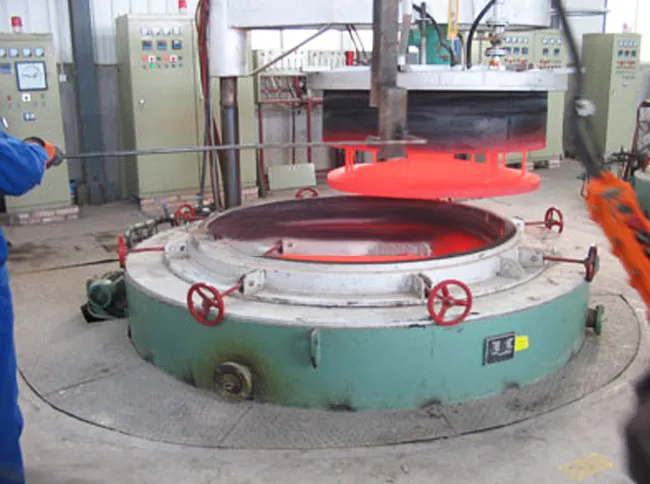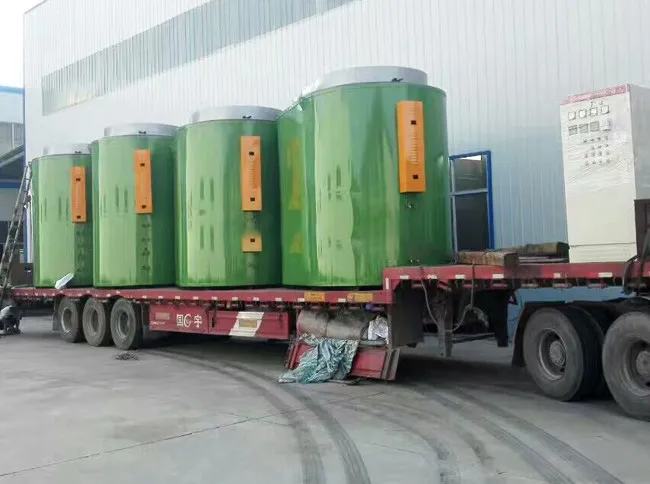- Vacuum furnace & oven
- Annealing Furnace & Oven
- Tempering furnace & oven
-
Carburizing furnace & Ovens
-
Bell Type Furnace
-
Pit Type Furnace & Well Type Furnace
-
Box Furnace & Chamber Furnace
-
Car Bottom Furnace & Bogie Hearth Furnace
-
Nitriding furnace & Ovens
-
Melting furnace & Ovens
- Quenching furnace & Ovens
-
Rapid quenching furnace & Ovens
- Forging furnace & Ovens
- Bright heat treatment furnace & Ovens
Pit-type quenching furnace & Ovens
Heat treatment furnace manufacturer,Jiangsu Hongtai Industrial Furnace Technology Co., Ltd
Pit-type quenching furnace is the national standard energy-saving cycle operation pit-type furnace, heat treatment or quenching temperature 850-1200 ℃.
Pit-type Quenching Furnace & Ovens
Vertical Quenching Solutions for Long and Cylindrical Components with Precision Control
Product Introduction
Our Pit-type Quenching Furnaces & Ovens are specialized industrial heat treatment systems designed for the efficient and controlled cooling of long, cylindrical, or shaft-like metal components. These vertical furnaces are ideal for parts that require uniform quenching along their entire length to prevent distortion and achieve optimal metallurgical properties such as hardness, strength, and toughness. They are commonly used after high-temperature processes like hardening, carburizing, or carbonitriding. We offer solutions compatible with various quenching media, including oil, water, polymer, and high-pressure gas, ensuring precise control over cooling rates to minimize distortion and cracking while maximizing material performance. Pit-type designs are particularly advantageous for components that need to be suspended vertically during heat treatment and quenching.
Core Advantages for Vertical Quenching
- Ideal for Long Components: Vertical design is perfect for quenching long shafts, rods, tubes, and other cylindrical parts, ensuring uniform cooling along their length.
- Minimized Distortion: Vertical suspension during heating and quenching helps to reduce gravitational sag and minimize distortion, especially for slender components.
- Precise Cooling Control: Advanced systems allow for accurate regulation of cooling rates, critical for achieving desired metallurgical properties and preventing defects.
- Versatile Quenching Media: Compatible with various quenching media including oil, water, polymer, and high-pressure gas, offering flexibility for different materials and processes.
- Uniform Quenching: Optimized circulation systems ensure uniform contact between the quenching medium and the vertically suspended workpiece, leading to consistent hardness.
- Space-Efficient Footprint: Vertical design saves floor space, making them suitable for facilities with limited horizontal area.
- Automated & Safe Operation: Integrated PLC control with comprehensive safety interlocks, real-time monitoring, and data logging for reliable and secure operation.
Technical Specifications
| Parameter | Unit | Range/Value | Notes |
|---|---|---|---|
| Maximum Working Temperature | °C | Up to 1300 (for heating prior to quench) | Quenching temperature depends on material |
| Quenching Medium | - | Oil, Water, Polymer, High-Pressure Gas (N2, Ar) | Selectable based on material and desired properties |
| Quenching Tank Depth | mm | Customizable | Designed for specific component lengths |
| Rated Power | KW | Varies | For heating and circulation systems |
| Working Chamber (Dia. × Depth) | mm | Customizable | Designed for long and cylindrical components |
| Temperature Uniformity (Heating) | °C | ±5 (typical) | Ensures consistent initial state for quenching |
| Control Accuracy | °C | ±1 | Advanced PID control for heating and cooling |
| Cooling Rate | °C/sec | Adjustable | Controlled by medium circulation and temperature |
| Control System | - | PLC + Touchscreen HMI | Advanced automation and data logging |
| Safety Features | - | Quenchant level sensors, Temperature interlocks, Fire suppression (for oil), Emergency shutdown | Ensures safe operation |
Working Principle
Pit-type quenching furnaces are characterized by their vertical design, where the heating chamber and often the quenching tank are located below floor level. This configuration is particularly advantageous for heat treating and quenching long, slender components like shafts, rods, and tubes, as it allows them to be suspended vertically, minimizing distortion due to gravity during heating and subsequent rapid cooling.
The process begins with loading components into the furnace, typically using an overhead crane or hoist, which lowers them into the heating chamber. Once the components reach the required austenitizing temperature, they are quickly transferred to the integrated quenching tank, which is also located vertically. The rapid transfer is crucial to preserve the high-temperature microstructure before quenching. The quenching medium (oil, water, polymer, or high-pressure gas) is circulated vigorously around the vertically suspended components to ensure uniform and rapid heat extraction along their entire length. This uniform cooling is essential for achieving consistent hardness and preventing localized stresses that could lead to warping or cracking.
For liquid quenching, the pit design allows for a deep quenching tank, ensuring that long components are fully immersed. For gas quenching, powerful fans and nozzles are used to circulate inert gas at high velocities. The entire operation, including heating, transfer, and quenching, is precisely controlled by advanced PLC systems, which monitor and regulate temperature, time, and quenchant flow. This ensures repeatable and high-quality results, making pit-type quenching furnaces indispensable for industries requiring precision heat treatment of elongated components.
Process Flow
Loading Components
Long components are vertically loaded into the pit-type furnace using an overhead crane.
Heating to Temperature
Components are heated uniformly to the required austenitizing temperature in the vertical chamber.
Rapid Vertical Quenching
Heated components are quickly lowered into the integrated vertical quenching tank for controlled cooling.
Unloading & Post-Treatment
Quenched components are lifted out of the pit, often followed by tempering or other post-treatment processes.
Solving Customer Pain Points
Minimizing Distortion in Long & Slender Parts
Vertical suspension during heating and quenching significantly reduces gravitational sag and thermal stresses, minimizing distortion and warping in long shafts and cylindrical components.
Ensuring Uniform Quenching Along Component Length
Optimized vertical circulation of quenching media ensures consistent heat extraction along the entire length of elongated parts, leading to uniform hardness and microstructure.
Space Constraints in Production Facilities
The pit-type design utilizes vertical space, offering a compact footprint compared to horizontal furnaces, making it ideal for facilities with limited floor area.
Achieving Optimal Mechanical Properties for Critical Parts
Precise control over cooling rates and uniform quenching ensures the desired microstructure formation, leading to optimal hardness, strength, and toughness for critical long components.
Safe & Efficient Handling of Heavy Long Components
The vertical loading and unloading system, often with overhead cranes, provides a safe and efficient method for handling heavy and long components, reducing manual labor and risks.
Versatility for Diverse Materials & Quenching Needs
Our furnaces support various quenching media, providing the flexibility to process a wide range of steel alloys and non-ferrous metals for diverse industrial applications requiring vertical quenching.
Customer Success Stories
A manufacturer of large industrial shafts reported a 50% reduction in straightening operations and a significant improvement in the straightness and quality of their products after switching to our pit-type quenching furnace.
Customized Services
We offer comprehensive customization services for our pit-type quenching furnaces, including tailored chamber dimensions (diameter and depth), specific quenching media systems (oil, water, polymer, gas), and integration with existing material handling systems. Our engineering team works closely with clients to design solutions that precisely meet their unique component lengths, diameters, desired cooling rates, and production throughput requirements, ensuring optimal performance and seamless integration into their heat treatment processes.
Related Keywords
pit type quenching furnace, vertical quenching oven, long component quenching, cylindrical parts quenching, shaft quenching, controlled cooling, heat treatment quenching, oil quenching, gas quenching, water quenching, polymer quenching, precision heat treatment, metallurgical equipment, vertical heat treatment, minimal distortion quenching
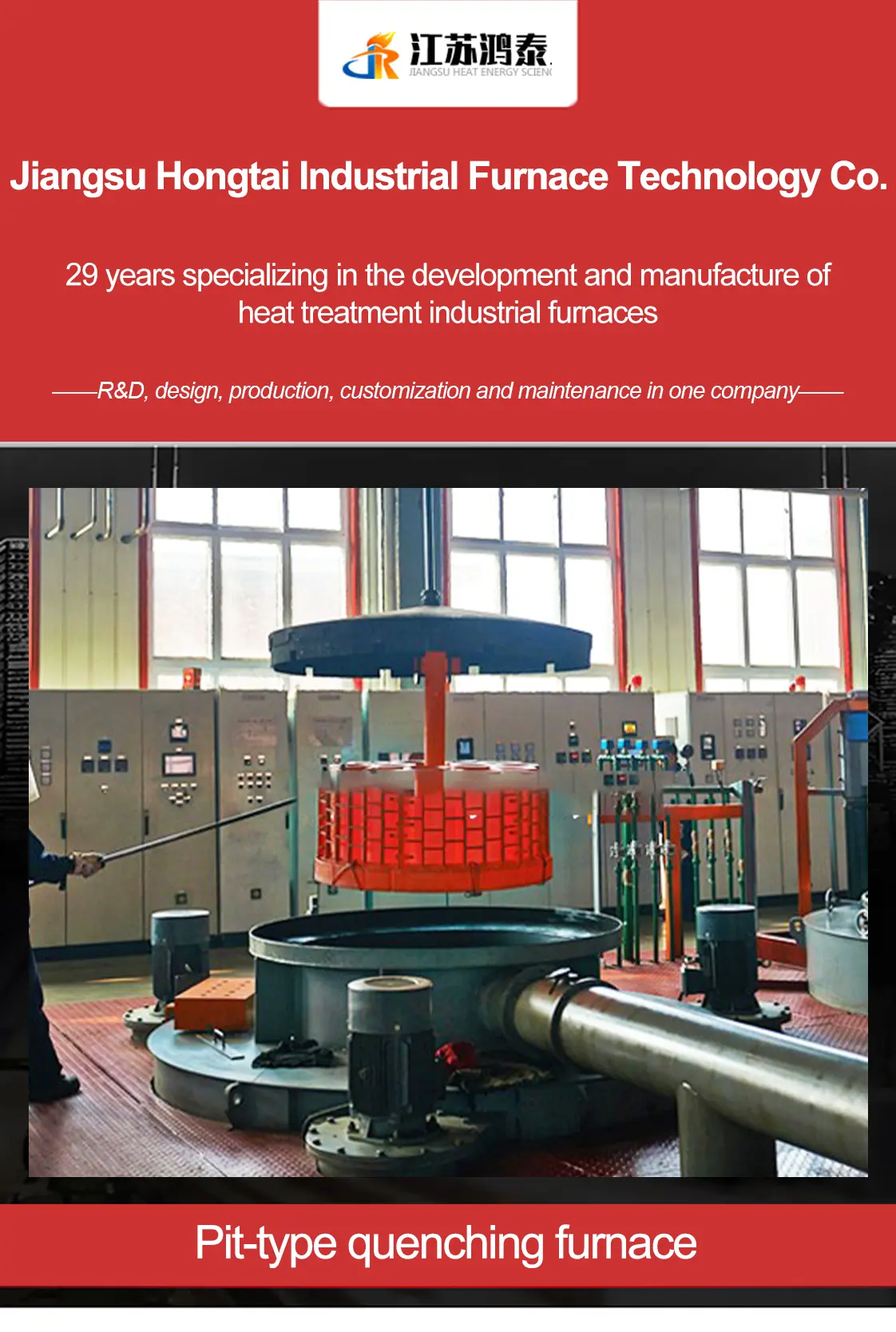
Industrial Value and Application Products
- Long Shafts and Rods: Used in various machinery, power transmission, and drilling equipment.
- Large Gears: Components for heavy industrial machinery and wind turbines.
- Turbine Blades: Critical components in power generation, requiring precise heat treatment to withstand extreme conditions.
- Drill Pipes and Casings: Used in oil and gas exploration, demanding high strength and wear resistance.
- Automotive Axles: Components requiring uniform hardening along their length.
Pit-type quenching furnace: quenching is a metal workpiece heated to an appropriate temperature and maintained for a period of time, followed by immersion in a cold medium for rapid cooling of the metal heat treatment process.
Pit-type quenching furnace is the national standard energy-saving cycle operation pit-type furnace, heat treatment or quenching temperature of 850-1200 ℃, mainly for shaft workpieces, rod-shaped workpieces, rollers, 45 steel, stainless steel and other metal materials and mechanical parts for quenching and heat treatment, vertical lifting quenching and heating, the workpiece is not easy to deformation, but also can be annealing, normalizing heat treatment of mechanical parts.
Classification:
Pit-type quenching furnace commonly used in atmosphere-protected pit-type quenching furnace and ordinary pit-type quenching furnace two kinds, it is quenched and cooled by the mineral oil, water, air and other media.
Application
Pit-type quenching furnace is widely used in a variety of molds, rods, long shafts and parts requiring surface wear such as gears, rollers, and other quenching treatment.
Structure:
Pit-type quenching furnace shell using steel and steel plate welded into a frame structure, the furnace cover can be opened and closed by electric, manual carry bar lift.
Furnace lining: can be made of refractory bricks or all-fiber structure.
Heating element: the heating element is spiral, evenly placed around the furnace chamber on the shelving tiles, and shaped shelving tiles will be the positioning of the resistance wire, the heating element is made of Ocr27AL7MO2 using temperature 1100 ℃.
1, ordinary pit-type quenching furnace furnace mouth using furnace mouth guard ring, the purpose is to use the unhooked workpiece rack and protect the furnace mouth from being hit by the workpiece, so that the heat is not lost, thus ensuring the uniformity of the furnace temperature. Quenching can improve the hardness and wear resistance of metal workpieces, through quenching and tempering at different temperatures with the so-called tempering heat treatment, can significantly improve the strength, toughness and fatigue strength of the metal, and can be obtained between the performance of these properties (comprehensive mechanical properties) to meet the different requirements of use.
2, atmosphere-protected pit-type quenching furnace (pit-type gas carburizing furnace) in the lid of the furnace with a fan: for stirring the atmosphere in the muffle tank and make the composition uniform, while the furnace temperature tends to be uniform. In the furnace cover is also equipped with three process tubes to the furnace chamber muffle tank: a casing installed at the top of the three stainless steel dripper, from the three drippers to the furnace moisture injection of methyl alcohol, kerosene or other organic liquids, a variety of liquids can be adjusted.
